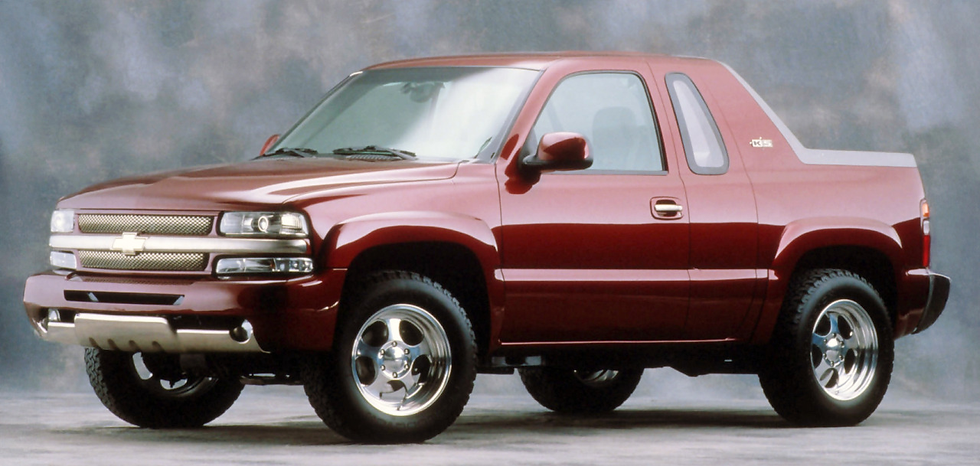2005 Lexus LF-A Concept
- Story Cars
.png/v1/fill/w_320,h_320/file.jpg)
- May 14
- 2 min read
The 2005 Lexus LF-A Concept, unveiled at the North American International Auto Show in Detroit, marked a dramatic shift in Lexus’s design and performance aspirations. A bold departure from the brand's traditionally conservative luxury image, the LF-A was envisioned as a supercar capable of taking on the world’s best. The concept was a collaborative effort between Toyota and Italian designer Leonardo Fioravanti, and it fused advanced aerodynamics with sharp, clean lines and aggressive proportions. With a length of 4,399 mm, a relatively low height of 1,219 mm, and a wide stance at 1,859 mm, the LF-A was designed to make an impact both visually and dynamically. It was roughly five inches shorter than a Porsche 911 Turbo, but boasted a wheelbase nine inches longer, hinting at superior stability and handling.
Visually, the car was stunning. The sleek coupe featured turbine-shaped wheels, a glass roof, and air scoops integrated into the C-pillars. It replaced traditional side mirrors with side-mounted cameras, adding to its futuristic look. At the rear, twin radiators were mounted behind the wheels, visible through mesh screens, and the triple exhaust pipes were arranged in an inverted triangle formation in the bumper. Inside, Lexus’s dedication to luxury remained intact, with a cabin dressed in cream-colored leather and carbon fiber, a contrast that combined opulence with sportiness.
Technically, Lexus revealed few specifics, but it was known that the LF-A featured a front-mounted engine with rear-wheel drive. The powerplant was a naturally aspirated V10 producing over 500 horsepower from a displacement under five liters—impressive figures for a non-boosted engine. The concept aimed to reach a top speed of over 320 km/h (approximately 200 mph), made possible through a precise balance of lightweight materials, refined gearing, and advanced aerodynamic shaping. These performance goals aligned closely with Toyota’s ongoing efforts in Formula One at the time, suggesting that the LF-A was as much about showcasing technical prowess as it was about launching a new product.
Initially presented purely as a design study, the LF-A sparked tremendous public interest. Although Lexus made no promises about production, speculation swirled that the car had been quietly greenlit, especially as the company geared up for its new F performance division. The enthusiasm among potential buyers was immediate—dealers reportedly fielded requests from customers eager to reserve a car that technically didn’t yet exist. To them, the combination of Lexus refinement and supercar performance was a compelling, even irresistible proposition.
More than just a showpiece, the LF-A Concept represented a seismic shift in Lexus’s brand identity. It hinted at a future where the marque could compete not only with BMW and Mercedes-Benz in luxury, but also with Ferrari, Porsche, and Lamborghini in performance. The Concept’s existence was proof that Lexus was no longer content to be merely excellent—it was ready to be exhilarating.
































Comments